Is your brand keeping up with the times? Rebranding isn’t just for the bold—it’s a survival tactic for businesses in a changing world. A well-executed brand refresh shows your customers that you value their evolving interests. But without a clear strategy, rebranding can do more harm than good.
In this post, you’ll figure out if you actually need a rebrand, get a step-by-step guide to doing it right, and see real-world examples of brands that nailed it—and those that didn’t. Plus, the lessons you can learn from them.
Ready? Let’s begin.
- 1 What is Rebranding?
- 2 Do You Really Need a Rebrand?
-
3
Steps to Rebranding Your Business
- 3.1 1. Determine Your Goals
- 3.2 2. Analyze Your Current Brand Image
- 3.3 3. Analyze Your Competition and Market Trends
- 3.4 4. Identify Your Target Audience
- 3.5 5. Plan Out Your Rebranding Process
- 3.6 6. Create New Brand Assets
- 3.7 7. Create a Promotion Plan
- 3.8 8. Launch Your New Brand
- 3.9 9. Track and Measure Audience Sentiments With Your New Brand
- 4 Examples of Companies That Rebranded Successfully
- 5 Examples of Brands That Struggled with Rebranding
- 6 A Step-by-Step Rebranding Checklist
- 7 Start with Rebranding Your Website
What is Rebranding?
Rebranding is the process of changing your brand’s image to create a fresh perception among your target audience. It may or may not involve changing your company’s name, logo, or messaging. Done right, a rebrand can help you reach new audiences, reengage existing customers, or modernize your brand.
Sometimes, it’s even a way to overcome negative sentiment. Take Crocs, for example. Known for years as the “ugly shoe” no one wanted to be seen wearing, Crocs embraced their comfort-first identity and turned it into a fashion statement. By rebranding as “more comfortable than ugly” and teaming up with celebrities like LeBron James, Crocs went from embarrassment to iconic.

Many legacy brands have rebranded to modernize their image or attract younger audiences. Tupperware, for instance, recently updated its visuals and messaging to project confidence and remind people that they were the original creators of airtight seals.
While rebranding can lead to great results, it’s not without risk. Gap learned this the hard way when they spent millions on a new logo that confused customers and was scrapped just six days later. The lesson here? Rebranding needs a clear purpose and a solid strategy—or it could do more harm than good.
Do You Really Need a Rebrand?
The more established your business, the greater the risk of a rebrand. If people already recognize your brand, changing it can be risky. That’s why evaluating the decision carefully is important before moving forward.
Ideally, with evolving market trends, you should keep making changes to stay relevant to your audience. At the same time, you wouldn’t want to rebrand to the extent that you lose all the brand equity you’ve built so far.
One way to help you decide whether you need a rebrand is to conduct brand and website design audits every six months or a year to understand your customers’ sentiments towards your brand. Read reviews, social media mentions, and ask customers directly to identify how they perceive your brand.
If you see sales decreasing and customers switching to your competitors over time even after your offering is as good as theirs, it might be a signal that their brand positioning is better than yours—a sign for a rebrand.
Other than that, here are some obvious reasons why rebranding might be a good idea:
- Your Business Has Outgrown Your Brand Values: It no longer represents what you started with, so there’s a disconnect. For example, Emily Weiss rebranded her beauty blog Into The Gloss to Glossier to establish a beauty business and sell multiple product lines.
- You’re Targeting New Audiences: This can be for an experiment or launching a new product line aligned to a different audience’s needs. A good example is Pepsi’s Zero Sugar campaign, which used all-black visuals to target a fitness-conscious younger audience even though its official brand colors are red and blue.
- You Want to Differentiate From Competitors: Over time, competitors start to look alike as they replicate strategies to outdo each other. That’s when a rebrand can help you attract new buyers, simply by being different.
- You Want to Outgrow a Negative Reputation: Companies often fall victim to rumors or bad associations that slow growth. A rebrand helps them get rid of the negative image and start with a clean slate. For example, after the emissions scandal, Volkswagen cleverly introduced new brand assets to position itself as a “no filter” brand.
If none of the reasons above speak to you or you can’t find a real reason, it’s a clear sign that a complete overhaul isn’t necessary. Building a brand takes time, and an irrelevant rebrand isn’t worth losing your audience’s trust. So, don’t change everything just because you’re bored or growth has slowed; instead, focus on other strategies or give things time to improve on their own.
Rebranding Doesn’t Mean You Have to Make Big Changes
Rebranding doesn’t mean you have to start from scratch. A complete rebrand is typically only required for companies that undergo a significant change like a merger or have such a bad reputation that they have no choice but to start fresh. This would involve changing every aspect of your business’s brand, from logo to messaging to visuals, and updating it on all your marketing channels so there’s no evidence of your old brand.
In most cases, companies should do a partial rebrand. A partial rebrand involves subtle changes to your brand while keeping the core heritage alive. This is a good way to grow with evolving market trends, such that if strategies don’t work out, you can always restore your old branding.
For example, Dunkin’ Donuts rebranded to Dunkin’ to add new product lines. And large companies like Google are always testing minor changes in their logo, typography, messaging, and other branding aspects.
Some brands take a mixed approach. For example, Apple changed its logo entirely only once. It stuck with the iconic ‘bitten apple’ logo but refined it consistently over time.
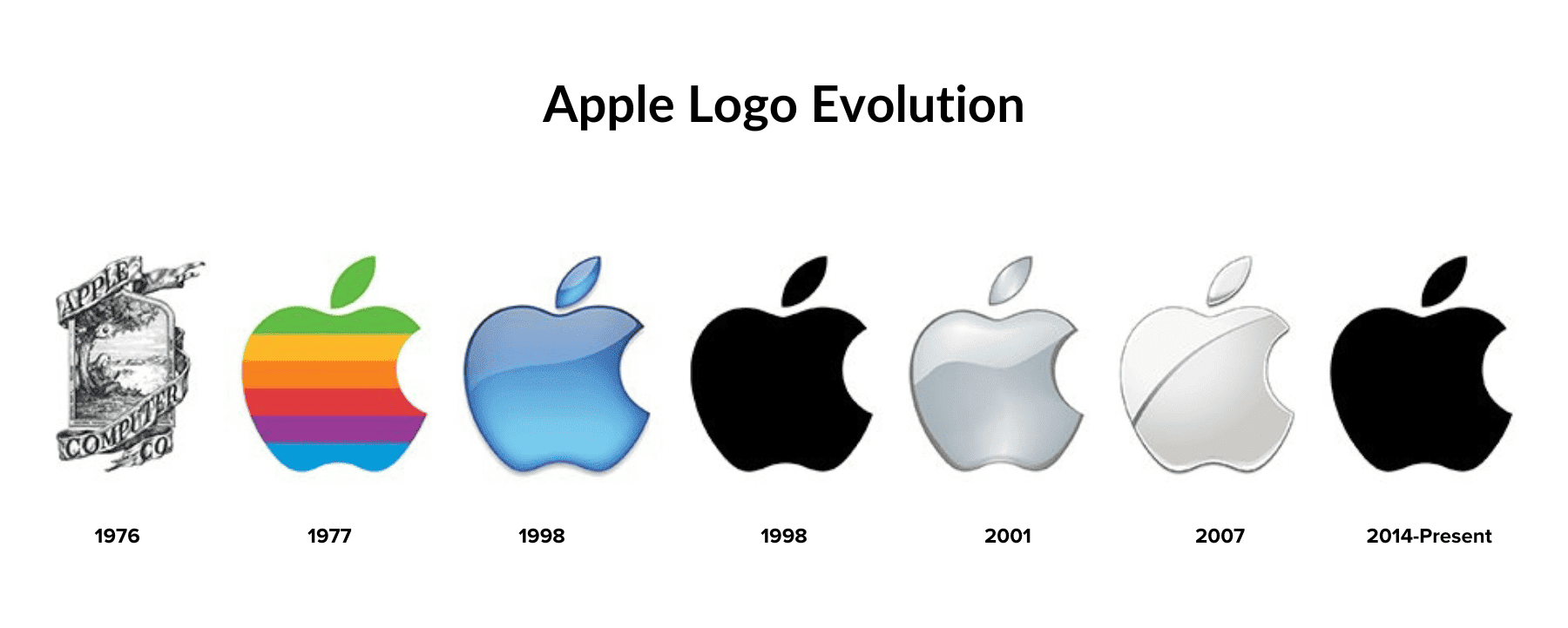
A partial rebrand is often necessary to maintain a modern image. For example, if you have a small online business, you may need to redesign your website every few years to stand out from competitors and attract new visitors.
If you are looking for a website builder that makes it easy to design and redesign your website according to your brand changes, check out Divi. It is a powerful no-code visual builder that can generate entire websites, including on-brand images and content, just a few clicks.
In short, making small changes to your brand over time is better than doing a complete rebrand. This allows you room to test and analyze how your audience responds to the change so you can adjust accordingly.
Steps to Rebranding Your Business
If done poorly, rebranding can lead to losing trust and confusing your customers. To avoid this, you need a well-structured plan that refines your brand’s image while ensuring consistency and credibility. A successful rebranding process includes three key stages—research, strategy, and execution.
We’ve organized the steps below within these stages to guide you through a smooth and effective rebrand.
1. Determine Your Goals
Why are you rebranding? What would you tell your customers when you announce that you’re changing the brand they love? You need a real, quantifiable reason, which will help you determine what you want to achieve from it. It can be any of these below:
- You started your small business with inconsistent branding but now hope to realign it.
- You’re launching new products and want to target premium customers different from your current audience persona.
- Your sales are declining, and you’ve identified that one of the reasons could be poor packaging.
Write down your reasons and goals. Then, figure out how you will take action. For example, the above reasons can be converted into these actionable goals.
- Create a new logo and update it everywhere to maintain brand consistency.
- Redesign the entire website to target a new audience. If you website framework is dated, you could switch to WordPress and use Divi to simplify the redesign and customization.
- Update one product’s packaging and test it to see if sales change. If sales increase, apply the new packaging to all products.
2. Analyze Your Current Brand Image
Once you have clarity on your goal, it’s time to analyze your current brand image and verify your findings. Here’s when you’ll conduct in-depth research to identify how your target audience views your brand and whether it represents what you want to be known for.
If you’re doing a partial rebrand, this is when you’ll determine what’s working and what isn’t. A good approach is to identify your company’s failures and start from there.
Analyze your online business thoroughly. Read your customer reviews. Analyze social media engagement—have they talked about your brand in the comments? What’s the sentiment? Tools like Brandwatch notify you whenever someone mentions your business, so use it to save time in your research.
Consider your existing brand assets—is there a bad sentiment among your audience about them? What about your company name? Confirm that it doesn’t mean anything strange in different languages. For example, Kia’s “Besta” vehicle performed well in other countries but not so much in Brazil because the word in Portuguese slang can also mean “idiot”.
Is your brand voice authentic and trustworthy? Something as simple as using incorrect words can hurt your brand image. So, review every aspect of your current brand and ensure your marketing is authentic.
3. Analyze Your Competition and Market Trends
After you’ve understood your brand positioning, you should also analyze your direct competitors to figure out how their customers view them. Maybe the reason for your rebrand is that your brand looks closely similar to your competitors. Perhaps they’re outperforming you even with fewer resources. Either way, figuring out what’s working for them is smart.
View your competitors from a customer’s point of view. What are the good and bad things about them? What’s their unique selling point? Check their social media profiles to determine how they communicate with customers.
For example, SEO company Semrush always engages with its audience with a bold and friendly voice, which helps it attract thousands of new followers daily.

You should also analyze the market to identify if the current trends aren’t affecting your audience’s perception. For example, Weight Watchers rebranded to Wellness That Works to tap into the rising wellness trend. However, the change confused loyal customers, so the company had to revert to its original messaging to keep things clear and maintain trust.
4. Identify Your Target Audience
Based on your research, you’d figure out that there’s a disconnect between the audience you’re currently targeting and the one that you want to target. Maybe your focus has changed.
Either way, it’s a good time to redefine your target audience and start from scratch. Analyze your current customers to create a buyer persona. You can also analyze your competitors’ audience to define yours.
5. Plan Out Your Rebranding Process
By now, you’d have a good idea of what to do. Take this as a chance to organize your ideas into a foolproof rebranding plan. Here are a few things you should take care of:
- Define your brand vision: Where is it headed?
- Rewrite your new brand mission and values.
- Redefine your brand guidelines (if you’ve identified that you were not consistent with your messaging, now is a good time to create a style guide and have everyone in your team follow it.)
- Decide if you should rename your brand. Should you change your brand slogan?
- What about your brand assets: logo, colors, typography, and visuals?
Write down your rebranding process and create tasks. Plan logistics—how you’ll execute each task. For example, if you’re changing your brand name, you need to migrate your site to a new domain and set up 301 redirects to make sure you don’t lose your SEO equity.
Tip: Your website is one of the first places customers interact with your brand. If your rebrand includes a visual refresh, make sure your site reflects those changes. A tool like Divi simplifies this process, allowing you to redesign your site—adjusting typography, colors, layouts, and brand elements—all without needing complex coding.
If you’re working with a team, you should assign tasks to team members and set deadlines to avoid confusion. The goal is to have your rebranding plan written out so you and your team know exactly what to do. Once you’ve solidified your branding positioning and messaging, move on to the execution.
6. Create New Brand Assets
If changing your brand assets is not a part of your rebranding plan, skip this step. You’ll essentially redesign your brand assets such as:
- Your website: Is your website design outdated? If you’re not using interactive elements and a modern design, you should redesign your website to stay relevant to your audience. A website builder like Divi makes it easier to redesign your site in line with your new identity, whether you’re changing the layout, colors, or branding elements.
- Logo: Your audience already associates you with your logo, so unless there’s a solid reason, don’t change it. Find creative ways to make minor changes like Nickelodeon adding the splat shape after 14 years to reconnect with today’s parents who were once “Nick kids.” Ideally, you should use logo variations on different occasions to keep your audience engaged.
- Brand colors: Like your logo, your brand is associated with your brand colors. So, don’t change them without a reason.
- Typography: Your goal should be to choose a readable font. If you selected fancy fonts in the past, switch to simple options, just like Google updated its font to Product Sans to increase readability in mobile devices.
- Visuals: If you’ve changed your brand logo, colors, and typography, you should create new visuals to reflect the changes.
- Messaging: If your new target audience is a younger generation, you might want to use an engaging and confident brand voice like Semrush to attract them.
Create your brand identity kit and keep all your brand assets there. Share it with team members so that everyone uses the updated branding moving forward.
7. Create a Promotion Plan
How did you take the news of Twitter turning into X? Probably not great, right? That’s because the change happened with little explanation. Updating your brand without proper communication is a surefire way to lose existing brand equity. If customers don’t understand the reason behind the change, they may feel disconnected or, worse, alienated.
Another classic example is Tropicana’s packaging redesign. The brand failed to communicate the reason for the change (a shift towards minimal packaging), which confused customers, caused a drop in sales, and forced the brand to return to the old design.

That’s why you should create a promotional plan to communicate the change. Here are a few tips to help you plan:
- Write down the reason for the rebrand that you’ll tell your customers. Back it up with proper context.
- Design before-and-after visuals to showcase the change in branding elements.
- List the marketing channels where you’ll make the announcement.
- Educate your team members about the change so they can help promote the message.
- Warm up your audience by giving them teasers about the rebrand.
- Assure your audience that the core values remain unchanged.
8. Launch Your New Brand
Before going public, test your brand with a small group of customers through focus groups or surveys. Your customers will help you eliminate doubts and add final touches, so use the negative and positive feedback loop to gather feedback, make adjustments, and refine your messaging to ensure a strong launch.
After this, launch your new branding on all marketing platforms, including your website, social media, email list, and online communities. You can also run paid ads to inform more people about the rebrand and use this as an opportunity to attract them. The key is gradually introducing your new branding in batches to help your customers adjust.
9. Track and Measure Audience Sentiments With Your New Brand
Once you’ve launched your new brand, keep tracking your audience’s sentiments and notice the behavior change. How are they responding? Online communities like Reddit are great places to find such conversations.
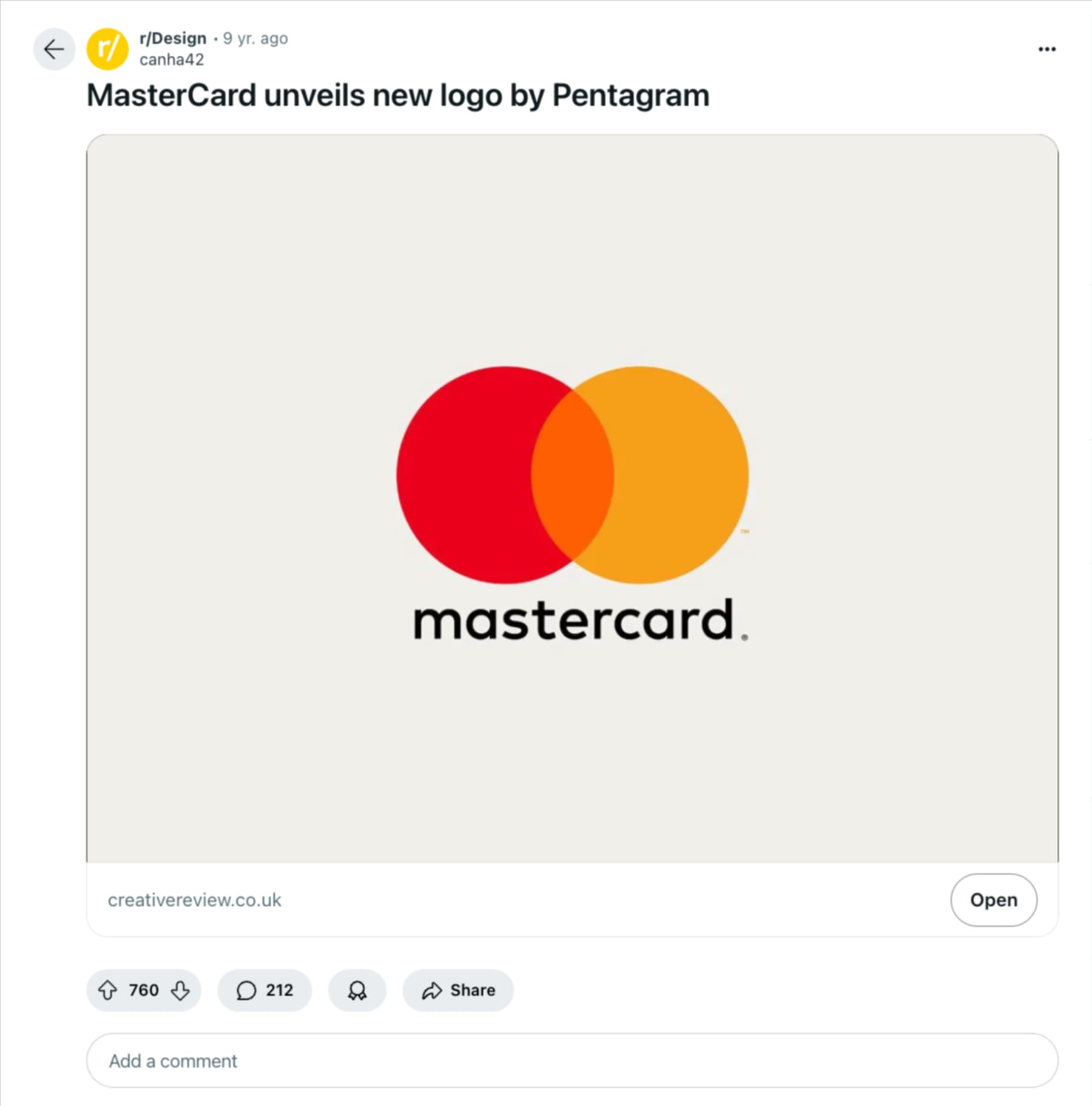
Since you’re a small business, you might not see much discussion about your rebrand. If so, try creating an anonymous topic to gauge reactions or focus on engagement metrics from your public announcement posts. Pay attention to customer feedback and adjust accordingly.
Examples of Companies That Rebranded Successfully
Let’s look at some of the successful rebranding examples from brands and what we can learn from them:
Fiverr Rebranded to Celebrate its Freelance Community
Fiverr rebranded to show its growth from a small marketplace to a global freelancer platform. They updated their logo, added more colors, and chose new fonts to make the brand look fresh. What they did differently was use real Fiverr users in photos and include familiar platform features like gig cards in their branding to make the rebrand about its customers.

The rebrand worked because it focused on the community. Fiverr made freelancers feel seen by involving them in the process and showing real users in their marketing. This kept the brand familiar while making it feel more modern and professional.
Tomato Love Refreshes Its Brand to Connect with Flavor-Loving Moms
Red Gold rebranded its diced tomatoes and green chilies line as Tomato Love to attract Millennial moms looking for quick and flavorful meal options. They updated the packaging with bright colors and fresh designs, highlighting locally grown tomatoes and hand-picked chilies to make the product more exciting and high-quality.

The rebrand worked because it connected with the right audience. The brand researched its target market and executed the rebrand effectively. The fresh look and focus on bold flavors also made the product more appealing.
Plantmade Turned a Setback into Growth with a Well-Planned Rebrand
Plantmade was originally called Planted, but the company had to change its name after receiving a legal warning over trademarks. This forced them to pause business for three months and spend a lot of money on rebranding. They introduced a new name, Plantmade while keeping the same high-quality natural hair products.

The rebrand was a success because customers trusted the brand and loved the products. By using social media and strong rebranding strategy, Plantmade communicated the changes effectively. It not only recovered but nearly doubled its sales, reaching £5.3 million in a year.
Examples of Brands That Struggled with Rebranding
Let’s look at some examples of unsuccessful rebranding from big brands and the lessons we can learn from them:
Kraft Foods’ New Logo Didn’t Resonate With Customers
Kraft Foods introduced a new logo with a smile-like curve and the tagline “Make Today Delicious.” The redesign aimed to modernize the brand but felt too generic and failed to reflect Kraft’s strong heritage.
The new logo lacked personality and differentiation, making it forgettable. Customers didn’t feel an emotional connection, and it didn’t align with Kraft’s long-standing reputation. Due to the backlash, the company quickly replaced it.
What We Learned: If something isn’t broken, don’t fix it. If your current brand assets connect well with your audience, you don’t need to change them.
Yahoo’s Rebrand Process Created Hype but Didn’t Capture Its Identity
Yahoo’s rebrand created a massive buzz with its 30-day teaser campaign to launch its new branding, but the final logo failed to deliver.
The new design was bland, uninspiring, and lacked personality, making it feel like a missed opportunity. It didn’t capture Yahoo’s quirky, fun identity, and customers felt no emotional connection to the change.
What we learned: A good promotion plan isn’t enough. You should test your new branding with focus groups and reiterate it until it gets ‘wow’ from customers.
Remember that big brands have huge budgets and significant brand equity, so they can afford to make mistakes. But as a small business owner, you don’t have that luxury. The best lesson from these examples is always to back up your ideas with data and test them with a focus group before launching them publicly.
A Step-by-Step Rebranding Checklist
To ensure you follow all the steps correctly while carrying out your rebranding process, we created a checklist for you:
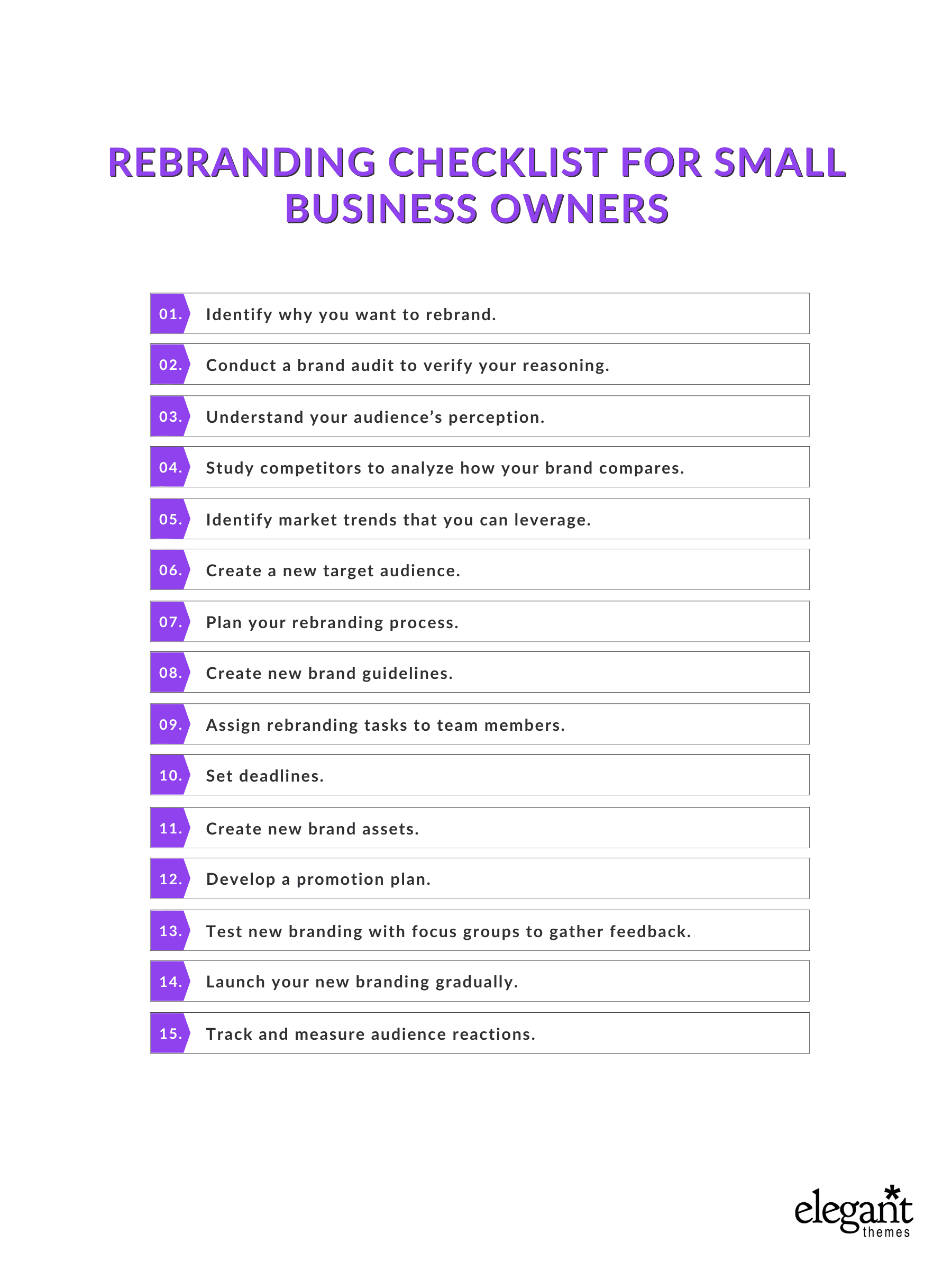
- Identify why you want to rebrand. It should be a genuine reason that you can tell your audience.
- Conduct a brand audit to verify your reasoning.
- Understand your audience perception—review customer feedback, social media mentions, and competitor positioning.
- Study competitors to see what works for them and analyze how your brand compares. Identify strengths and weaknesses.
- Identify market trends you can leverage to promote your new brand.
- Determine if your current audience aligns with your growing business. If not, create a new buyer persona. Analyze competitors’ audiences to refine yours.
- Plan your rebranding process. Write a new brand vision, mission, and values.
- Create new brand guidelines and share them with team members to ensure consistency.
- Assign rebranding tasks to team members and set deadlines.
- Create new brand assets, such as a logo, fonts, colors, website, etc., and create a brand identity kit.
- Develop a promotion plan. Prepare before-and-after visuals, train internal team members, and create teasers to warm your audience.
- Test with focus groups before launching your rebrand publicly. Gather feedback and refine.
- Track and measure audience reactions with your new brand.
Start with Rebranding Your Website
Rebranding is a big step, and every element matters—from your logo to your messaging and marketing materials. But if there’s one place to focus your time and effort the most, it’s your website.
Your website is where customers engage with your brand, explore your offerings, and decide whether to trust you. A well-planned, thoughtfully designed website ensures your rebrand is not just visually appealing but also effective in building credibility and driving conversions.
Rebranding Your Website is Effortless With Divi
With Divi, rebranding your website is seamless and intuitive. Its drag-and-drop builder, global design settings, and advanced customization options let you create and redesign a website that perfectly reflects your new brand identity—without any coding required. Whether you’re refining your color palette, updating your typography, or restructuring your layout, Divi gives you the flexibility to bring your vision to life effortlessly.
Let’s look at some of Divi’s advanced customization features that make rebranding your website easy:
Drag-and-Drop Visual Builder for Instant Edits
Easily open any page with Divi Visual Builder and make changes by dragging and dropping elements. You can also import from thousands of Divi layouts (comes free with your Divi theme) and customize them to reflect your brand quickly.
Global Elements and Presets for Site-Wide Changes
Divi lets you easily modify brand colors and fonts with Divi’s Global Colors and Fonts in one click to apply changes site-wide. You can also create reusable styles and save them as Global Presets to maintain brand consistency across your entire site.
Theme Builder for a Consistent Site Structure
Don’t like restructuring pages from scratch? Don’t have to. Divi’s Theme Builder lets you give your website a consistent structure by creating templates for homepage, landing pages, blog posts, and more. Editing these templates is seamless with the Divi Visual Builder.
Divi Library for Reusable Elements
Save buttons, sections, rows and even entire page layouts in the Divi Library to quickly import them into other designs, making updates and page creation more efficient.
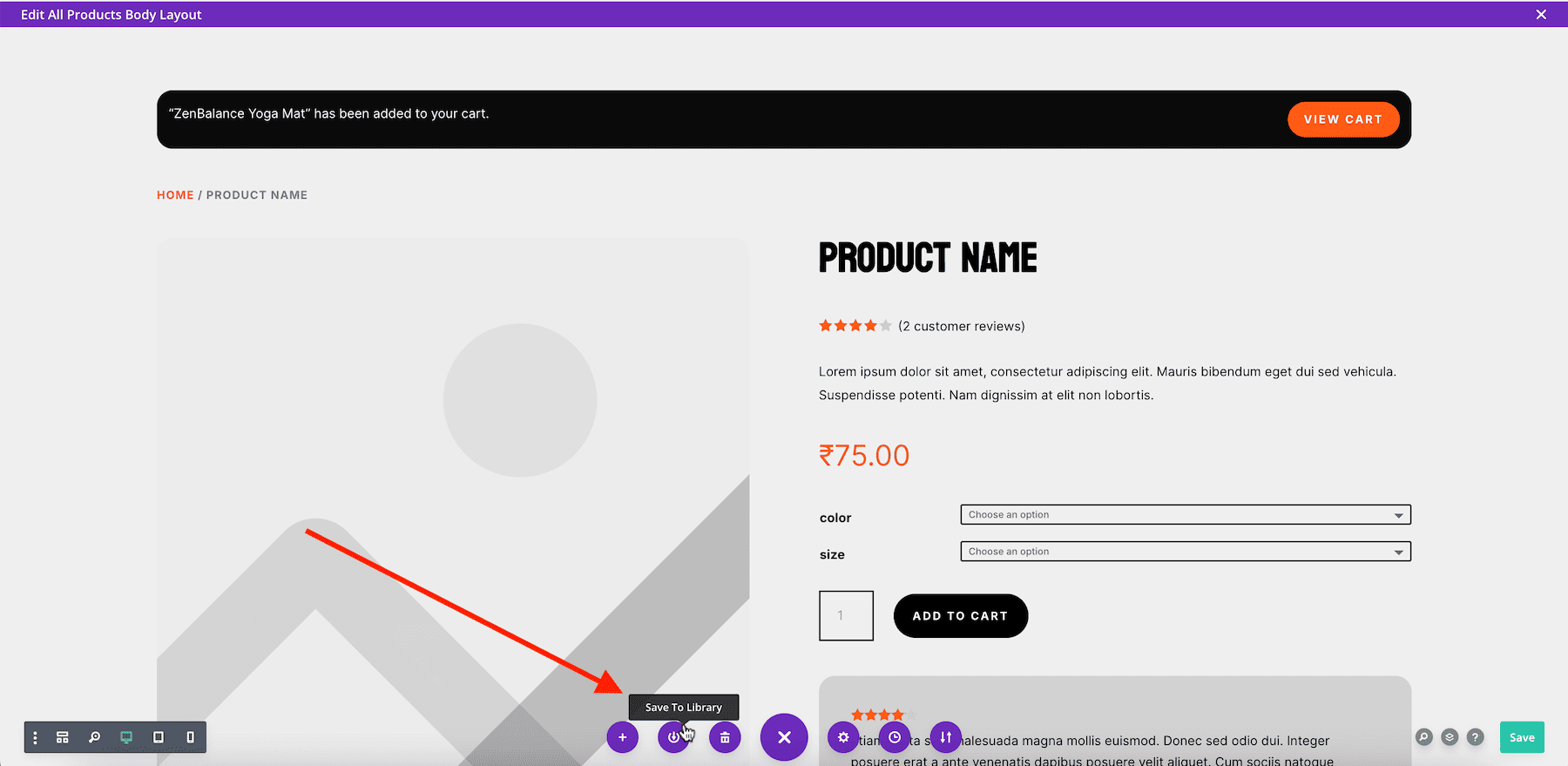
Rebranding with Divi eliminates tedious manual tasks and gives you an effortless way to revamp your entire website quickly. Its powerful customization options make it easy to align your site with your new brand identity. Give your website the attention it deserves—it’s the foundation of a successful rebrand.


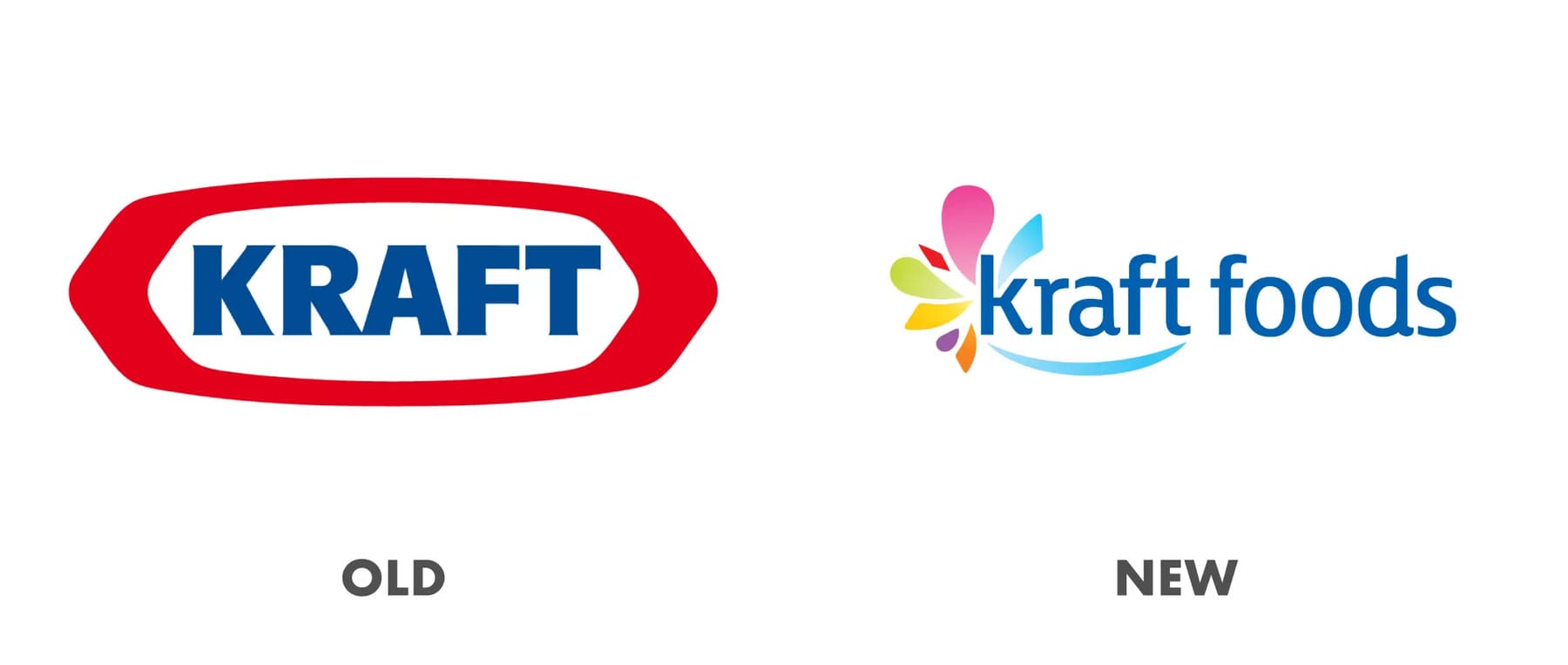







Leave A Reply